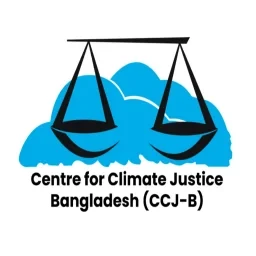The Paris Agreement, 2015 is being considered as ‘historic’ in the global climate regulatory regime as it set-forth an internationally coordinated, but nationally driven, long-term comprehensive Action Plan1 to limit global temperature increase to ‘well below 2°C’ (along with strong persuasion to limit it to 1.5°C)2 and guide the post-2020 climate regime.
Comparing the Kyoto Protocol’s top-down, differentiated, relatively rigid approach-- the mitigation path adopted by the Paris Agreement is universal, participatory, progressive, bottom-up and flexible. This bottom-up architecture relies on Parties’ unilateral discretion to determine their own mitigation pledges and is subject to an international review process3.
Researchers compared bio-physical and socio-economic differences in wetlands managed under different tenure regimes. The study took place in Hail Haor and Kawadighi Haor in northeast Bangladesh during 2015-2017. Two traditionally leased public waterbodies (leasable waterbodies are known as jalmohals, and traditional leasing is termed here private fisheries management) were studied in Kawadighi Haor, and compared with two waterbodies within the co-managed wetland of Hail Haor (one that was under community-based management and another traditionally leased waterbody).
